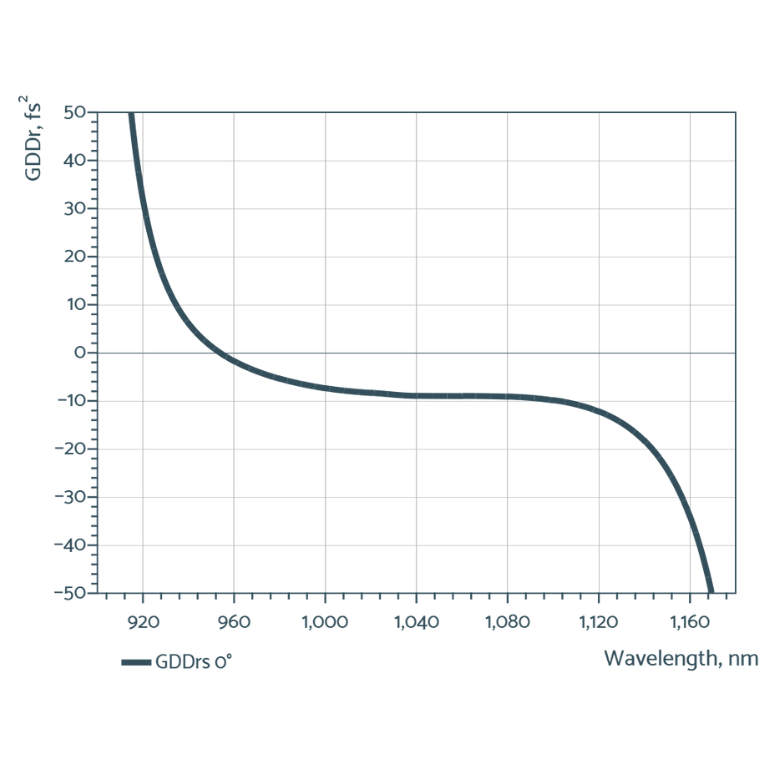Mirrors for Multipass Cells (MPC)
Why MPCs?
In MPCs, the spectrum of an ultrafast pulse is broadened by self-phase modulation in the non-linear medium. Using MPCs, pulses can be compressed down to the sub-50 fs durations while still maintaining high quality of the laser beam. By shortening the pulse duration, MPCs help to increase the intensity which is desirable in attosecond physics, laser-driven particle accelerators, pump-probe experiments, lightwave electronics and more. Laser manufacturers are considering MPCs as candidates to become integral parts of their laser systems in the next cycle of laser improvement and development.
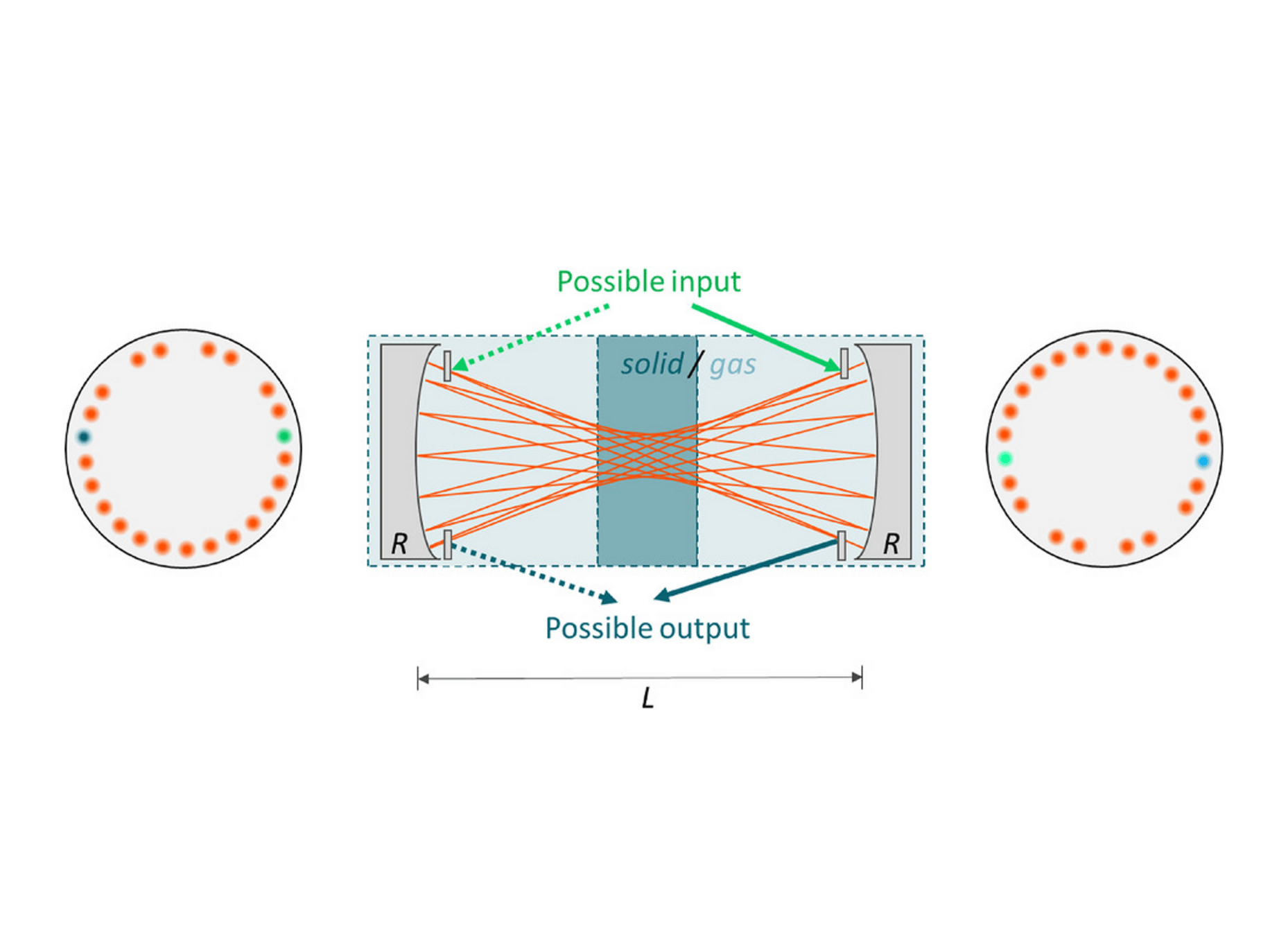
What’s up with mirrors for MPCs?
- Firstly, the minimum achievable duration of the compressed pulse is proportional to the inverse of its bandwidth. A few-cycle optical pulse may require a mirror as broadband as a couple hundreds of nanometers.
- Secondly, an optical pulse in an MPC will make many bounces until its spectrum becomes wide enough for compression. Twenty reflections of the mirror with 98% reflectivity will reduce the available energy by around one-third. In addition, the input of MPC typically receives a high-energy pulse, which is why the mirrors must be of high reflectivity and LIDT.
- Lastly, as the laser pulse propagates through the cell, the GDD induced by non-linear medium must be compensated. If the compensation is not constant across the spectrum after many reflections, the laser pulse spectral phase could end up unusable afterwards, so low, even and precisely according to the cell design optimised GDD of mirrors is also vital.
What is OPTOMAN offering?
Any options?
OPTOMAN offers two options of mirrors for MPC application that you can choose based on your preferences and requirements: Enhanced LIDT and Enhanced Spectral Bandwidth. But remember – any optical component can be customised to your needs and “in-between” options are possible.
OPTOMAN standard MPC mirror, that fits standard MPC design, can be found at OPTOSHOP.
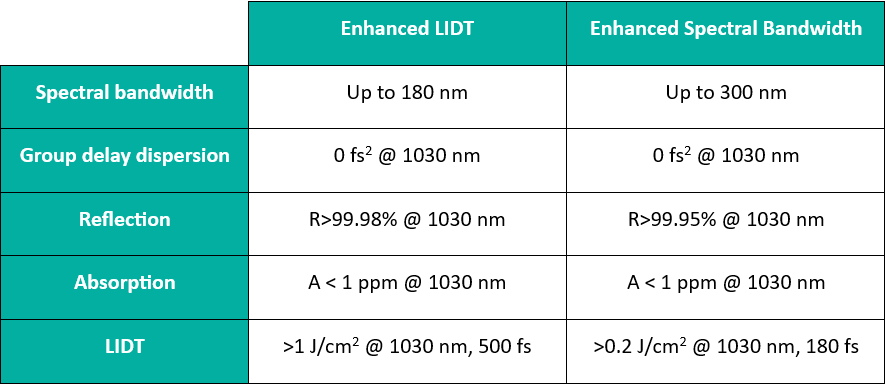
Measurement of LIDT
Measurement of Enhanced Spectral bandwidth option.
The graph shows no evidence of color-change of laser-induced damage.
Tested to withstand >0.2 J/cm² at 1030 nm, 190 fs.
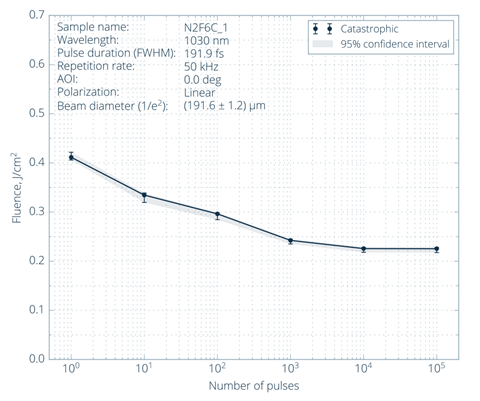
Design Examples
Reflectivity and Group Delay Dispersion (GDD) graphs of Ion Beam Sputtered coating of the Enhanced LIDT option.
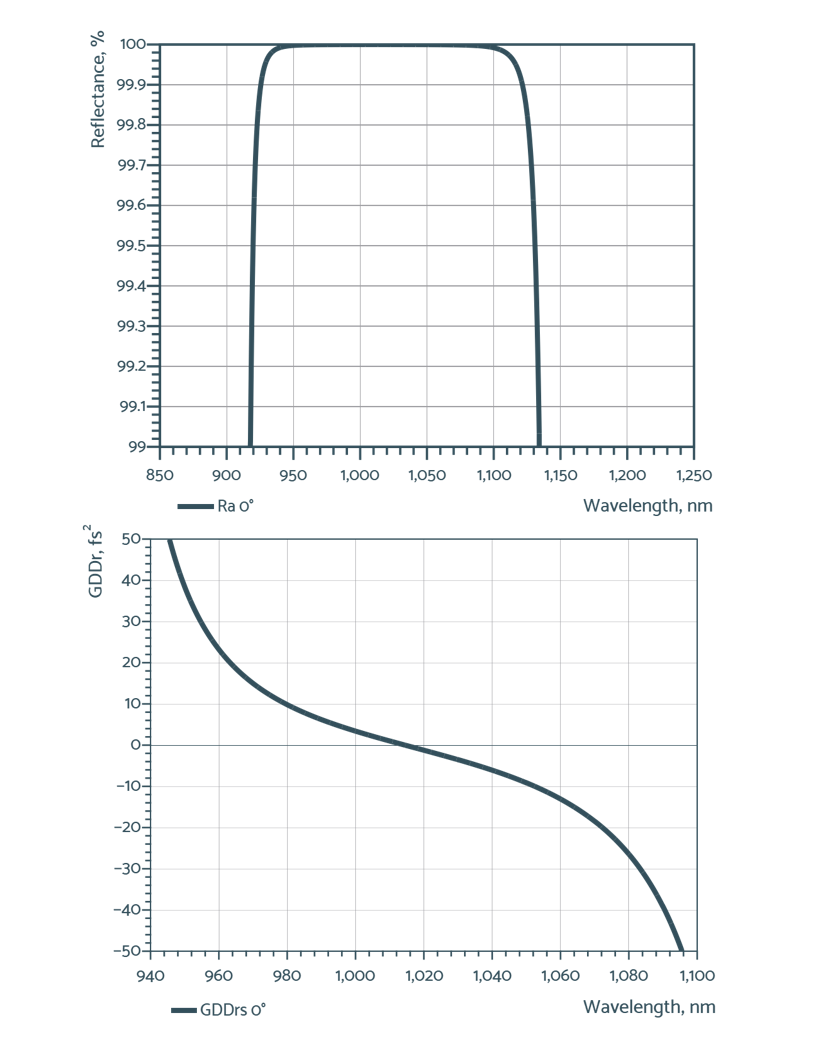
Reflectivity and Group Delay Dispersion (GDD) graphs of Ion Beam Sputtered coating of the Enhanced Spectral Bandwidth option.
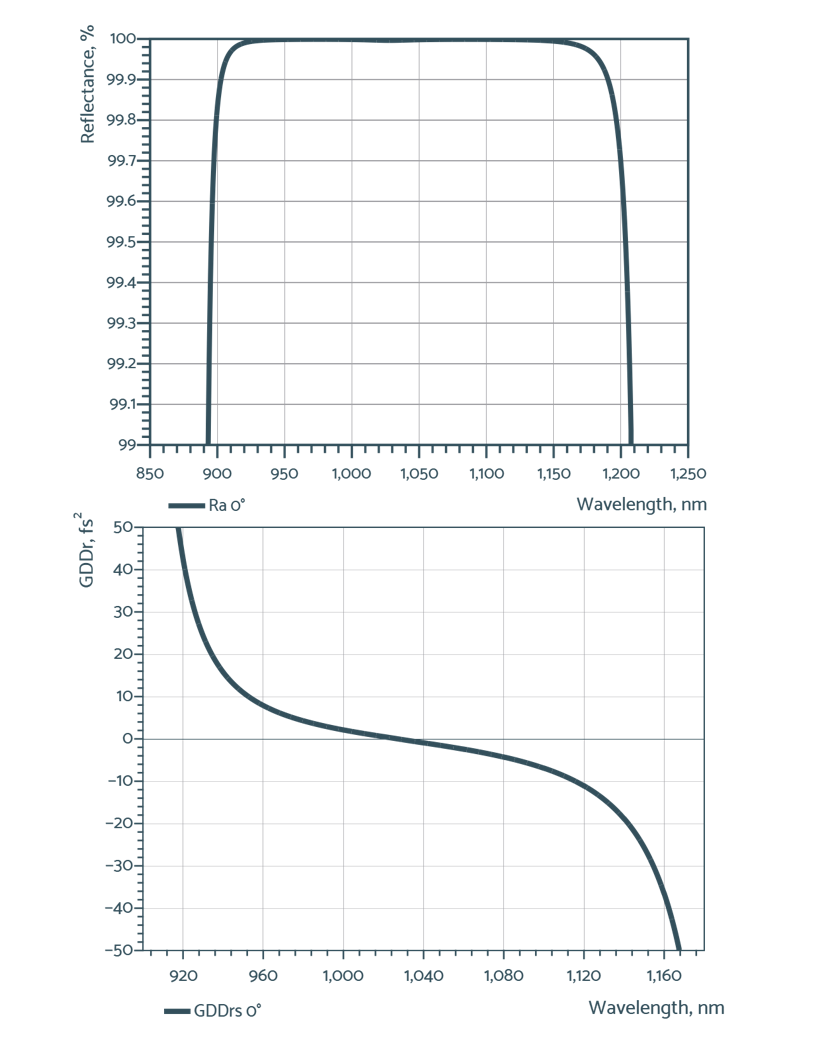
OPTOMAN also has a capability of optimising the Mirrors for negative Group Delay Dispersion.
